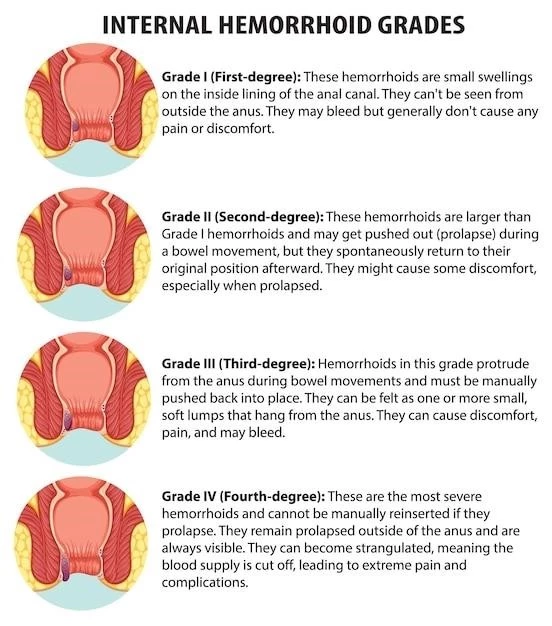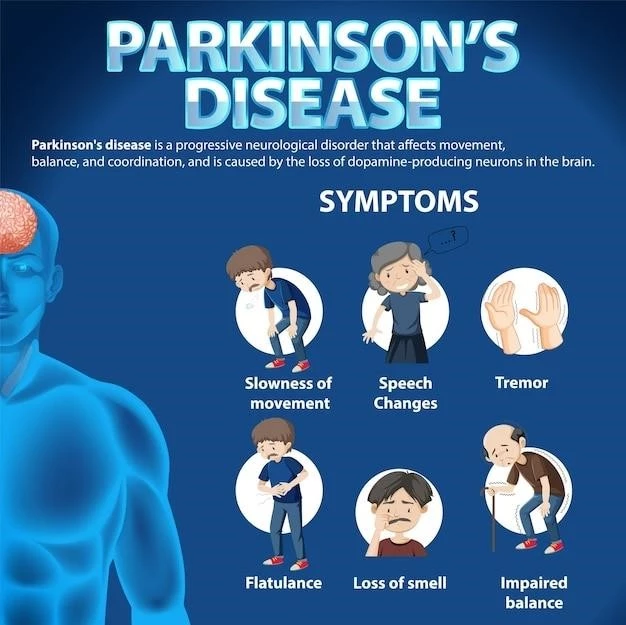Seckel syndrome, also known as microcephalic primordial dwarfism, is an extremely rare congenital disorder characterized by severe growth retardation and unique facial features.
Definition and Characteristics
Seckel syndrome, also known as microcephalic primordial dwarfism or bird-headed dwarfism, is an extremely rare genetic disorder characterized by severe growth retardation, microcephaly (small head size), distinct facial features like a beak-like nose, and potential intellectual disability.
Background of Seckel Syndrome
The first description of Seckel syndrome was made in 1960, defining the initial image of severe growth retardation and a unique bird-like face, leading to the subsequent classification of this rare disorder.
Historical Context
Seckel syndrome, initially described in 1960, marked the beginning of recognizing severe growth retardation and distinct facial features resembling a bird-like profile, leading to the eventual classification of this exceedingly rare condition.
Clinical Presentation of Seckel Syndrome
Seckel syndrome presents with unique physical features, including severe microcephaly and proportionate dwarfism, along with characteristic facial abnormalities like a beak-like nose and intellectual disability.
Physical Features
Seckel syndrome is characterized by severe microcephaly, proportionate dwarfism, unique facial traits like a bird-like appearance with a beak-like nose, and potential intellectual disabilities. Other associated abnormalities may include low-set ears, small jaw, and distinctive skeletal features.
Diagnostic Approaches for Seckel Syndrome Majoor-Krakauer Type
Diagnostic methods for Seckel syndrome include prenatal ultrasound assessments for facial area measurements and fetal head circumference to aid in early detection of physical abnormalities marking this rare condition;
Prenatal Testing
Ultrasound assessments play a crucial role in the early detection of Seckel-like syndrome during pregnancy. Prenatal diagnosis focuses on identifying microcephaly, growth retardation, distinct facial features like a beak-like nose, and severe micrognathia indicative of this rare genetic disorder.
The management of Seckel syndrome involves various treatment options targeting the physical, developmental, and intellectual aspects of the condition to provide comprehensive care and support to individuals with this rare disorder.
Treatment Options
Treatment options for Seckel syndrome may involve multidisciplinary approaches addressing growth monitoring, nutritional support, developmental therapies, educational interventions, and specialized medical care to manage the complex needs of individuals affected by this rare condition.
Research and Advances in Seckel Syndrome
Recent studies have focused on the genetic underpinnings of Seckel syndrome, exploring potential targeted treatments and advancements in prenatal diagnosis techniques to improve the management of this rare disorder.

Management of Seckel Syndrome
The management of Seckel syndrome involves various treatment options targeting the physical, developmental, and intellectual aspects of the condition to provide comprehensive care and support to individuals with this rare disorder.
Support Resources for Individuals with Seckel Syndrome Majoor-Krakauer Type
Connecting with patient networks and support groups can provide valuable resources and guidance for individuals and families affected by Seckel-like syndrome Majoor-Krakauer type.
Patient Networks
Patients with Seckel syndrome Majoor-Krakauer type can benefit from engaging with patient networks, creating a supportive community for sharing experiences, insights, and resources related to managing this rare condition.
Challenges and Controversies in Seckel Syndrome Diagnosis
Sub-classifications and debates exist within the diagnosis of Seckel syndrome, highlighting challenges in accurately categorizing individuals with this complex condition.
Sub-Classifications and Debates
In diagnosing Seckel syndrome, various sub-classifications and debates exist surrounding the accurate categorization of individuals, contributing to ongoing discussions and challenges within the medical community.

Future Prospects and Collaboration in Seckel Syndrome Research
Collaborative efforts in Seckel syndrome research aim to enhance understanding, genetic exploration, targeted therapies, and diagnostic innovations, fostering advancements in the management and treatment of this rare disorder.
